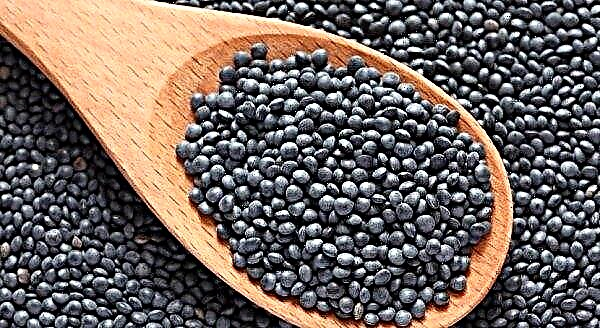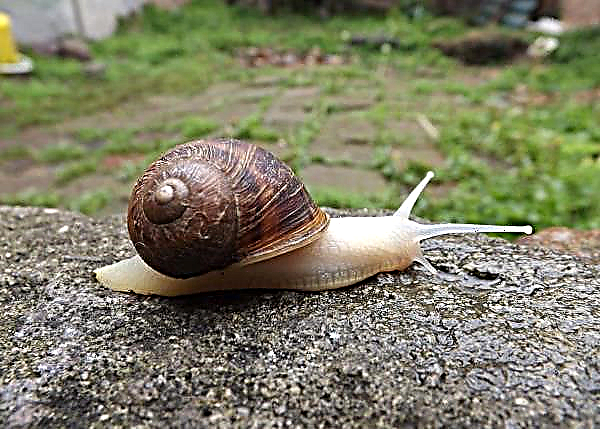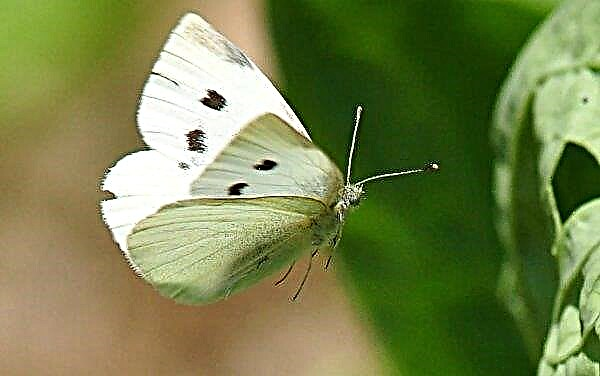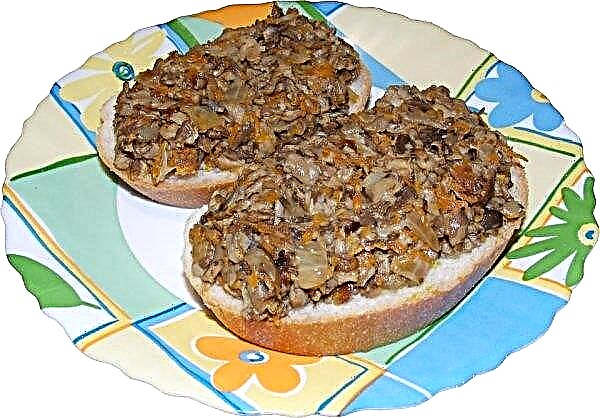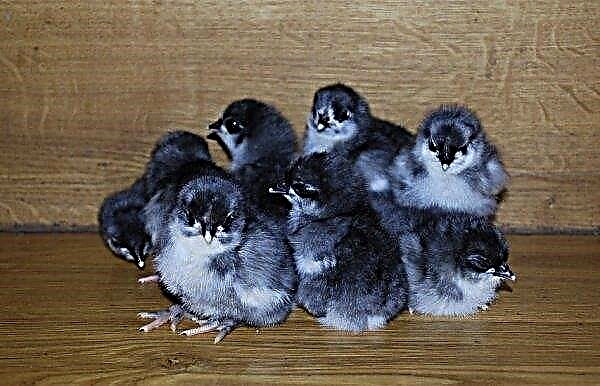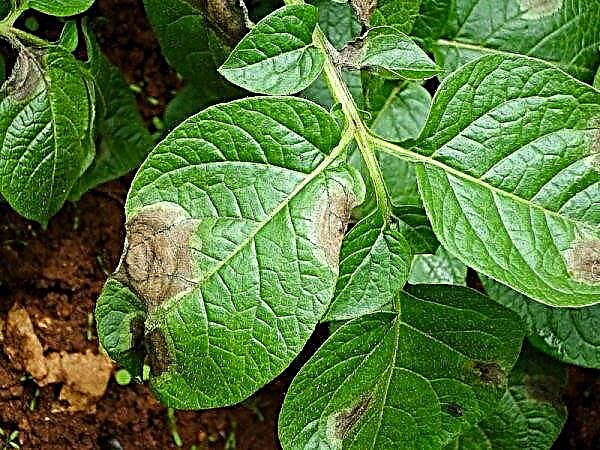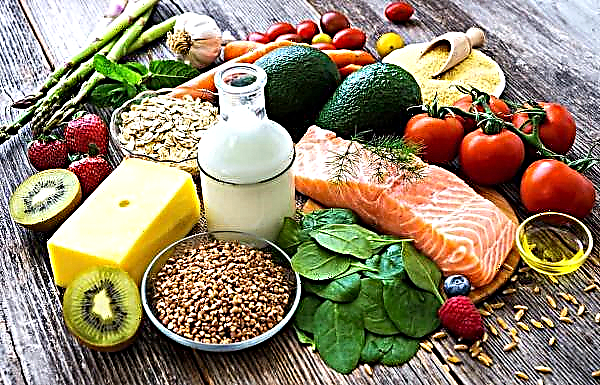In order for fishing to be productive, it is necessary to properly prepare fish food. It must comply with the fishing conditions and gear that are used. Bream food is brewed on the basis of millet, and the consistency of the cereal prepared from it can be friable or sticky. It will be useful for fishermen to find out in which case and how each type of feeding is prepared.
The choice of millet for fishing on bream
Fish food, which is sold in the store, is finely dispersed, so it gives a good smell and lets the train from the feeder. This helps to lure the fish to the place of fishing. Given these properties, complementary foods can be prepared independently. The function of the porridge is to create a feed spot and put the fish on the feed, that is, make it so that it is in the place of fishing for as long as possible.
Important! The bream does not bite when there is a sharp increase or decrease in the water level in the reservoir, before a cloudy weather and in a cold wind.
The basis for feeding is millet. Corn, peas, semolina, breadcrumbs, worms, bloodworms, maggot and flavorings can be added to it. Millet should be fresh, and porridge cooked from it should never be burnt. To achieve this, in the process of cooking it must be periodically stirred or used to prepare a double boiler, slow cooker or porridge cooking technology in a plastic bag.

Consistency of porridge for fishing
The consistency of cooked porridge varies significantly depending on the type of fishing. Millet on the feeder is not digested, crumbly, is molded, but when it gets into the water, it easily spreads, creating a fodder spot. The consistency of porridge on the spring is more sticky - for this, ground meal, crushed hercules, semolina are added to it.
To feeder
To prepare porridge for the feeder, 0.5 kg of millet, a pan of 5 liters and 0.3 kg of breadcrumbs are needed. Millet must be cooked in proportion with water 1 to 8.
The process should be carried out in stages:
- Pour 4 liters of water into the pan and boil.
- Pour 0.5 kg of millet into boiling water. Stir with a spoon. Cover and cook over medium heat for 15 minutes. In the process of cooking, porridge must be stirred occasionally and the resulting foam removed.
- Drain boiling water, pour cold water. Repeat this procedure several times until the porridge is completely cooled, bringing it to room temperature.
- Carefully filter out excess water through the minimum gap created by the pan lid. The result should be crumbly porridge, which will be well washed out of the feeder.
- Add breadcrumbs. They absorb residual moisture and will also give a trail that the fish loves.
 As a result, the porridge should be sculpted and at the same time easily crumble. After it is standing, the consistency becomes even more loose, but the ability to dazzle the ball remains.
As a result, the porridge should be sculpted and at the same time easily crumble. After it is standing, the consistency becomes even more loose, but the ability to dazzle the ball remains.
To the spring
To prepare porridge for the spring, 1 tbsp. millet, 1 tbsp. semolina and 2 tbsp. l honey. To prevent porridge from burning, you should use cooking in a cellophane bag.
Did you know? At the beginning of the 20th century, up to 20 million breams were caught every year in the Caspian Sea basin.
The process is carried out in stages:
- Take two new bags for strength, place one inside the other and pour millet and semolina into them.
- Holding the edges of the bags, mix the groats until smooth.
- Pour into cereal 2 tbsp. water. Having maximally released air from the packages, twist their ends and tie them to a strong knot.
- Turning the bags over, make sure that the groats in them are all moistened. This must be done carefully so as not to damage the integrity of the shell.
- Put a bag of cereal in a pan, cover it with water and cook over low heat for 0.5 hours.
- Drain the water and wait for the porridge in the bag to cool to a temperature of + 30–40 ° С.
- Knead the porridge with your hands, without removing from the bag. You can use a mitten, so as not to burn yourself.
- Tear the bag and pour the contents into the pan.
- Add honey and mix well with a spoon.
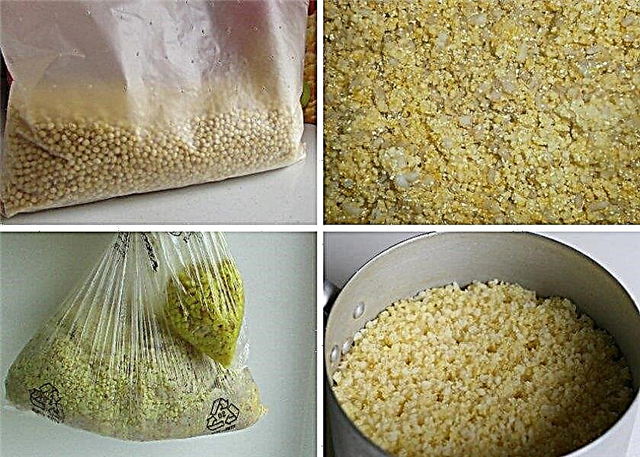
How to cook millet for bream bream
The type of feeding for bream should be selected depending on the conditions of fishing and gear. Temperature, place and time of the year significantly affect the effectiveness of complementary foods.
In the autumn-spring period, the effectiveness of complementary foods is also affected by:
- Low water temperature because odors spread more slowly.
- High degree of transparency of the reservoir. It is worth using various tricks to make complementary foods noticeable from afar.
- Caloric value of complementary foods. The cold makes the fish feed more actively, so the plentiful high-calorie bait will make the fish stay in the fishing zone for a long period. There is no likelihood of overfeeding the fish.

For bodies of water with stagnant water
Non-viscous lure is used to catch bream in stagnant water. The bait ball should disintegrate if it enters the water after 10 seconds. You must first feed the fishing point of larger diameter and create in its center the maximum content of complementary foods. After catching a large fish, feed should be thrown in portions to attract a flock of fish again. If the fish is far from the coast, using lure you should create a path to the fishing point.
Such lure can be prepared in stages:
- Millet 300 g rinse and boil over low heat for 15-20 minutes.
- Drain and rinse with cold water several times.
- Add 200 g of chopped peeled toasted sunflower seeds, 300 g of breadcrumbs, 300 g of bran and a pinch of ground coriander.
- Mix everything to a homogeneous consistency.
- If the components do not stick well, it is recommended to add clay or soil at the place of fishing.

For fishing over
The main problem when fishing with the course is the difficulty in establishing the bottom topography and the demolition of the feeding trough.
To reduce the impact of negative factors, you should:
- Use heavier feeders or weight the available ones with a load.
- Choose a feeding pan of a triangular or rectangular shape.
- Use a thin fishing line and loop it downstream.
- Throw feeder gear closer to the shore and count on the demolition of the feeder.
Did you know? The mouth shape of the bream is adapted to search for food in soft silt. Due to its small lip, the fish pecks very carefully.
For river fishing, use the following lure:
- Oatmeal (200 g) simmer for 5 minutes. Allow them to cool.
- Add 100 g breadcrumbs, 200 g chopped peeled toasted sunflower seeds, 3 parts coriander, 200 g canned peas or corn.
- For viscosity, you can add clay at the place of fishing.
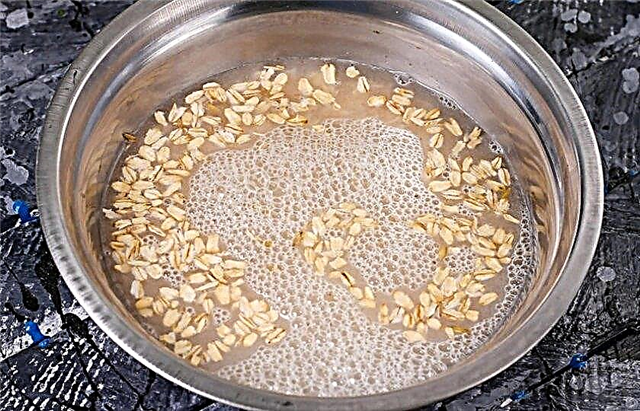
For spring fishing
When the cold recedes and for fish, including bream, the time of activity begins, lure with the addition of animal components is suitable.
You can cook it this way:
- Boil 100 g of millet. Drain and cool.
- Add 100 g of rye bran, 100 g of crushed toasted sunflower seeds, matchboxes of bloodworms, maggots or chopped worms.
- For viscosity, add clay or soil from the bottom of the pond.

For autumn fishing
The bait for catching bream in the autumn is prepared according to the recipe:
- Boil millet or rice (100 g) over low heat. Strain and cool.
- Add 100 g of rye bran, 1 tsp of ground coriander, 100 g of breadcrumbs.
- Fresh, not salted fat 50 g cut into cubes 0.5 cm in size and add to the prepared mixture.
- A bloodworm or maggot of choice (2 matchboxes) put in the mixture and mix.
Important! For 1 kg of complementary foods, 2-3 hours of flavoring.
Terms and conditions of storage of finished millet
The best complementary foods are freshly prepared. You can save boiled cereal without additives in the freezer throughout the season, dividing it into portions. Just in the refrigerator it can be stored no more than 5 days. Lure with a bloodworm, maggot and worms are prepared based on one fishing trip.
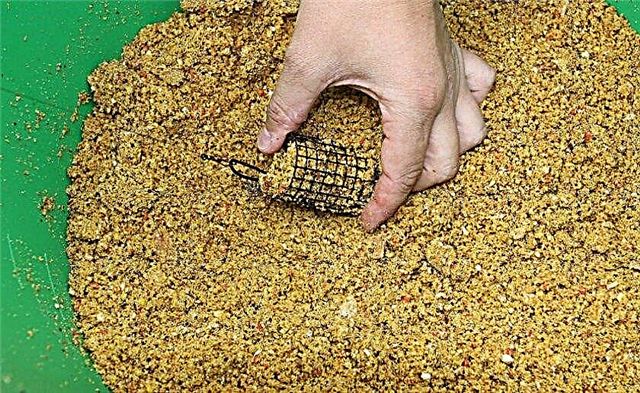
How to use bait on bream by season
You can cook porridge for fishing on bream without adding any aromas. The smell of millet porridge and breadcrumbs may well be enough for the sensitive smell of fish. Depending on the season, you can add flavorings, but at moderate rates. In winter, spring, autumn, pepper-spicy smells (dill, caraway seeds, fennel, coriander) are best suited even with a weak garlic smell, in summer they are sweet (vanilla, cinnamon, strawberries). The bream loves the natural aroma of bloodworms, worms, and does not tolerate sharp odor. With a weak bite, you should lure the fish with maggot, chopped worms, bloodworms and do not use aromas.
So, in fishing for bream, as well as for other fish, there is no universal feeding. It is necessary to analyze all factors: the state of the reservoir, season, weather, type of gear. Based on the data obtained, you need to choose the most suitable option and weld exactly what you need at the moment.



